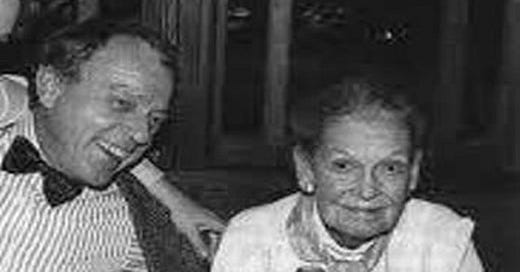You do not have to be Escoffier to produce desserts on the satisfaction level of a genius.
Apples cooked in butter and sugar, and eaten with a glass of dessert wine, as suggested by Elizabeth David in her French Provincial Cooking, are truly as close to one’s heart as any simple dessert can get. And one I would cook whenever Richard Olney. Elizabeth, and I would have lunch in London.
I remember also my mother’s pineapple upside-down cake, and scooping out with my fingers, no matter how hot it was or how bad the burns, the brown sugar-butter mixture that had stuck to the black cast-iron skillet.




